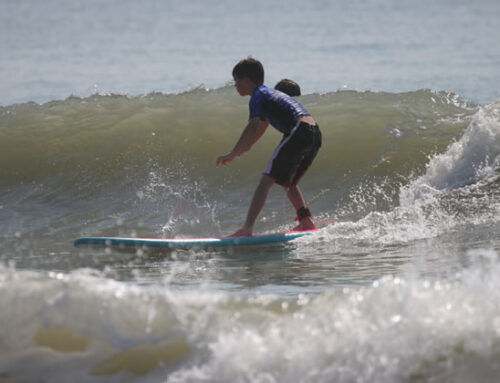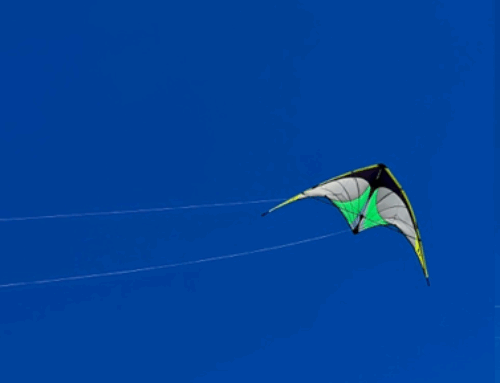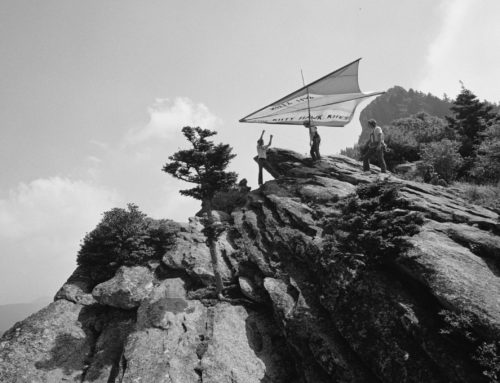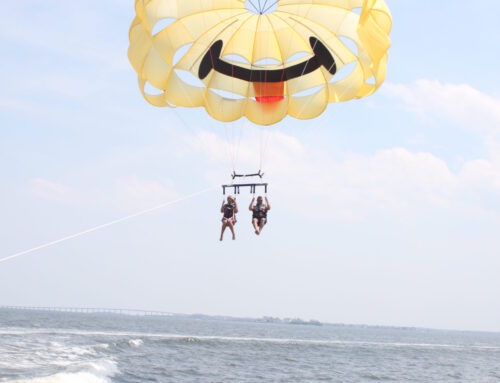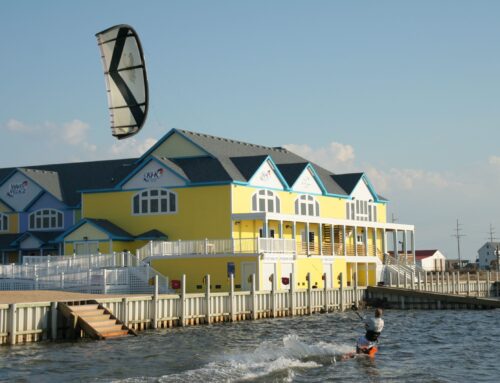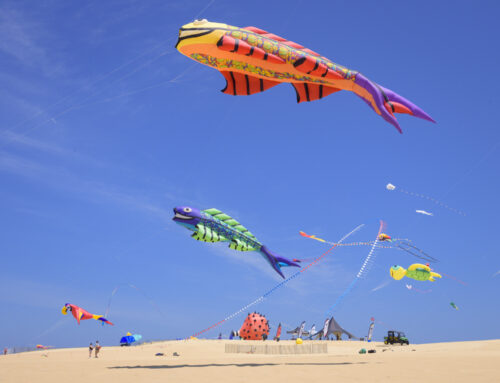If you’re ready to take adventure to a whole new level, then it’s time to earn your Hang 1 certification at Kitty Hawk Kites. So if you’re looking to achieve your childhood dream of flight with a healthy dose of challenge and confidence-building, you’re guaranteed to find it on the sand dunes at Jockey’s Ridge State Park. If you want to learn a new sport while situated in one of the United States’ most beautiful beach locales, this is your place.
Earning your Hang 1 certification
Earning your Hang 1 certification at Kitty Hawk Kites Hang Gliding School is the best way to add a sense of adventure to your OBX vacation. You’ll still have plenty of time to lounge on the beach and hang out with friends and family. But in your free time you’ll be walking to the dunes… Then running right off of them, tasting flight for the first time!
On paper earning a Hang 1 seems straightforward. Safely launch and land into the wind, fly in a straight line and pass a written test. Know how to assemble and break down your glider. Demonstrate safe decision-making. Understand how different conditions like wind direction and velocity can impact your flights. Sound easy enough, right?
Not quite. Earning your Hang 1 takes work. It can be tiring and frustrating at times, but exhilarating and joyful at most others. If you’re willing to show up and work hard, you’ll be a pilot in no time. Along the way, you’ll get to learn from fantastic instructors and meet other students who want the same thing you do – to fly without constraints. Now you just have to take the leap!
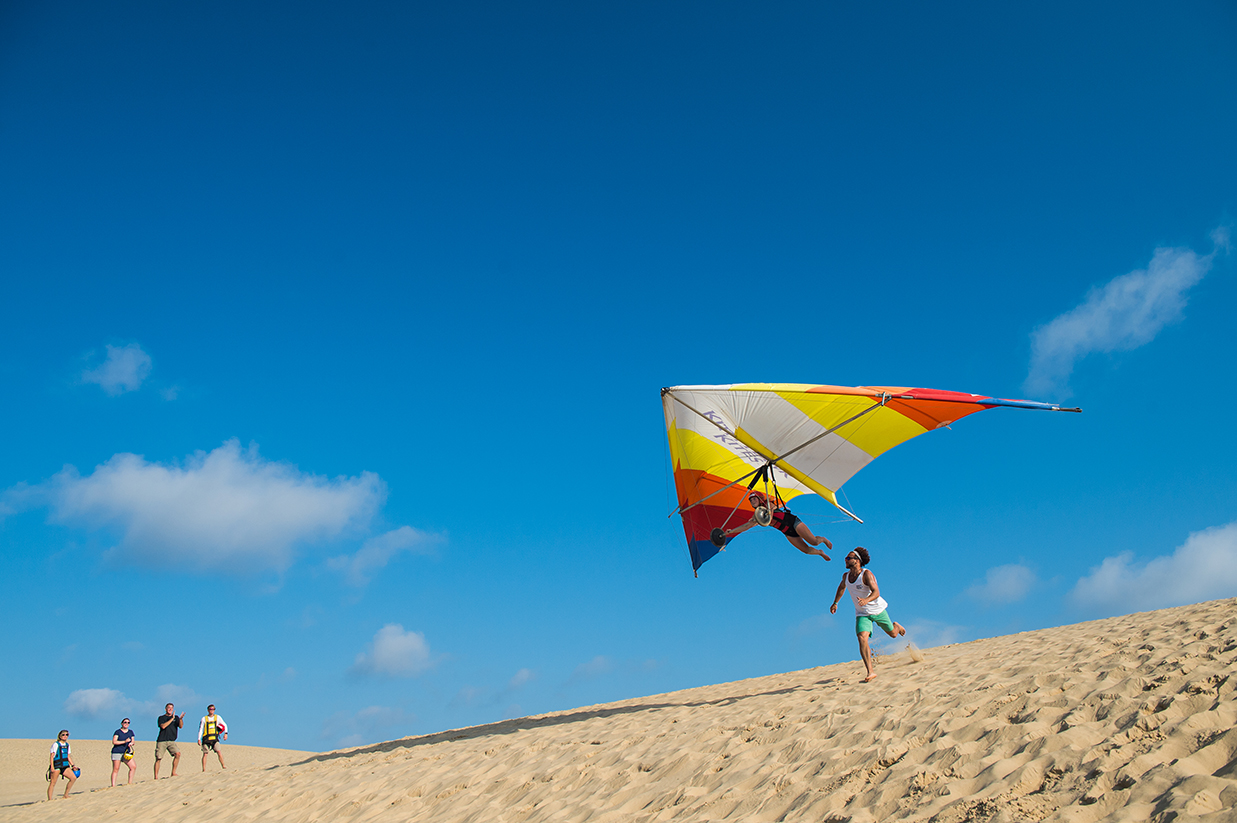
Completing your Hang 1 depends on a variety of conditions. How is the weather? If the wind is blowing too hard or if it’s storming during the week, it’ll take a little more time to get certified. Earning your Hang 1 is also heavily dependent on your personal skill and how well you pick it up. Some people are naturals and they’re certified in just a few days. Others (and I’m one of them) take a week or more. On average, a student at Kitty Hawk can expect to earn a Hang 1 in 7-10 days in average conditions. But having a time constraint isn’t necessarily a bad thing. If you’re short on time, it’ll help motivate you to get the material down and execute confident flights. Your instructors will work with you to create a training plan that balances your schedule with weather conditions.
Out on the dunes, your focus will be on launching and landing the glider. First, you’ll start with hands-on assistance from your instructor. Then you’ll progress to launching, flying and landing the glider all by yourself by the end of the week. This part of training is by far the most satisfying. Not only will you be having the time of your life, but the happiness you’ll feel watching yourself improve throughout the week is the icing on the cake!
Carry the hang glider
One of the more difficult challenges of the week will be learning how to carry the glider. After flying down the dune, you need to walk it back up. Kitty Hawk trains students on gliders called Eaglets which weigh about 55 pounds. Additionally, you’ll learn how to angle the nose of the glider into the wind in a way that inflates the wing and helps to assist your walk up the dune. It takes a few tries to get used to it, but your instructor will be there every step of the way. And they’ll be right there if you need a little extra help.
Set up and break down the hang glider
Being able to correctly set up, preflight and break down your glider is another crucial component of earning your Hang 1. The key for this one is simply to practice. The more you repeat the process, the easier and faster it’ll go. Understanding how and why a glider comes together and double-checking every step of the way isn’t just part of the test. Knowing the functionality of every glider part will help you feel safer and more knowledgeable in the sky. It’s useful to show up a little early for your lessons so you can really get the hang of it without time constraints.
Hang 1 written test
After you’ve mastered assembling your wing, assessing conditions, and safely launching, flying and landing into the wind, then it’s time for your Hang 1 finale: the written test. This is sometimes the most stressful part of the entire experience for students, but there’s nothing to worry about. At the start of your lessons, you’ll be given a training manual that details exactly what you need to know for the multiple-choice test. If you keep up with your reading and ask lots of questions, you’ll have no trouble passing the test. Kitty Hawk Kites instructor Wolf is adamant about this element. He says students who ask more questions and are deeply engaged with the material tend to have a higher success rate.
Once all these requirements are met, you will receive your Hang 1 certification through the United States Hang Gliding and Paragliding Association. Then you will be well on your way on the grandest adventure of your life. With your certification, you’ll be able to fly on the dunes whenever conditions are appropriate.
Becoming a certified hang glider pilot will be an incredibly memorable experience. And hopefully a significant stepping stone on your path in free flight. Training plans are extremely flexible and can be altered to fit every student’s personal needs. At Kitty Hawk Kites, the instructors want to see you succeed with a huge smile on your face. That’s what they’re aiming for every single time.
Good luck and see you in the skies. We can’t wait to join you on this adventure!
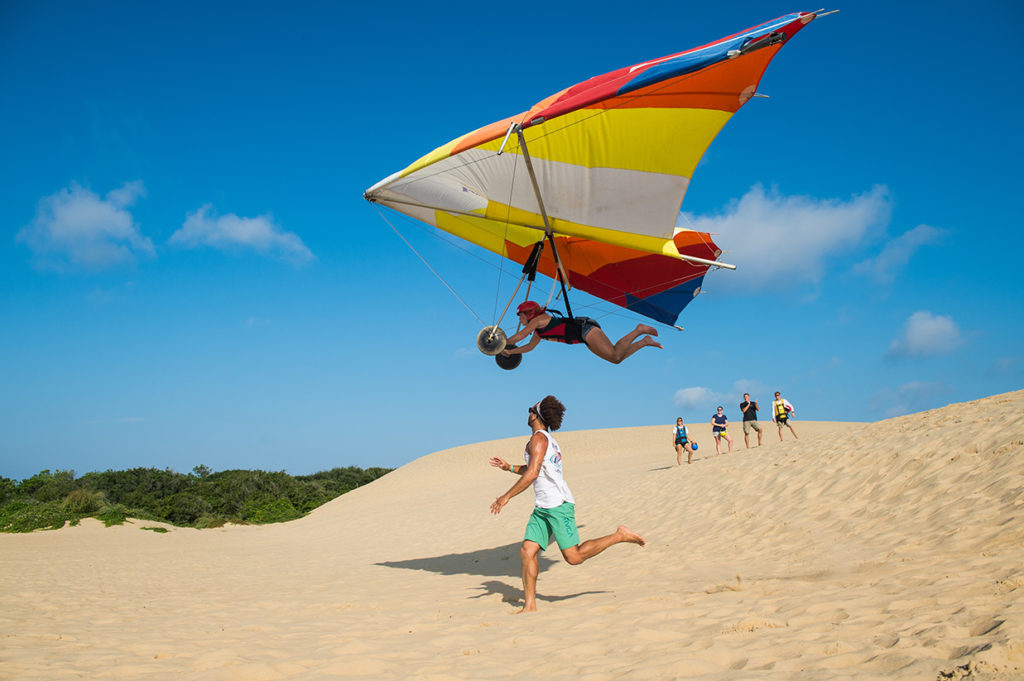
SUBMITTED BY: SARA WEAVER

